Succession Planning

People are multi-faceted
Your approach to Succession Planning should be too.
Succession planning is a process for identifying and developing internal people with the potential to fill key business leadership positions in the company.
The leadership "bench strength", as it is commonly called, remains a common problem across many if not most companies. Once a leadership position is vacated and there is nobody ready to fill that position, it can create a significant problem.
Succession planning ensures that employees are recruited and developed to fill each key role within the company. Through a structured succession planning process, high potential employees are first identified and then developed. This includes their knowledge, skills, and abilities, which prepares them for advancement or promotion into ever more challenging roles.
Assessments can be used in many different ways as part of the succession planning process. They broadly cover three main activities: defining, identifying and developing talent. Each assessment listed below brings something unique and valuable to each of these activities.
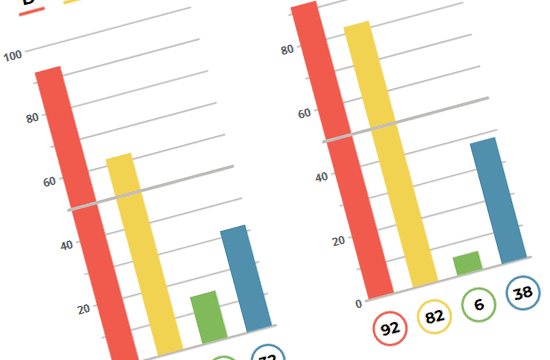
DISC Profile in Succession Planning
This assessment measures 4 core behavioural tendencies.
The DISC profile is a great way to understand natural behavioural tendencies, which may contribute to the judgment of a candidate's suitability for promotion into a leadership role. People use DISC to determine if there is an apparent mis-match between the role and the internal candidate's natural behaviour, as well as a development tool when preparing individuals be ready for the hand over of responsibilities from one leader to the next.
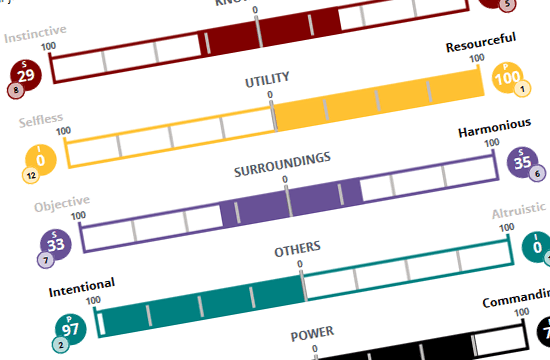
Driving Forces Profile in Succession Planning
This assessment measures 12 personal drivers or motivators.
Values are those things that are of primary interest to us, creating an inner driver that causes us to move toward their fulfillment. Our values also shape what we dislike and will try to avoid. This means that our values are the primary source of our motivations. Understanding someone’s core values is key to finding work where they will be motivated and engaged. Having a discussion about values is the first and most important task of good career planning.
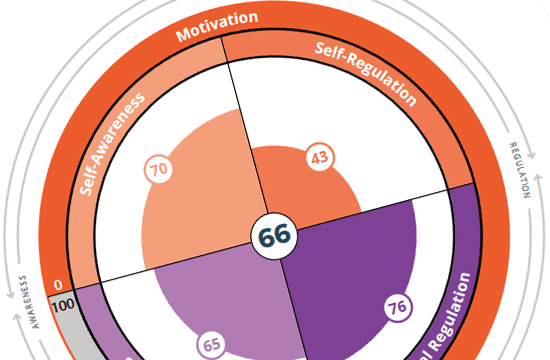
TTI Emotional Quotient in Succession Planning
This assessment measures 5 core dimensions of EI.
EQ is at the centre of job performance and making good career decisions. With an emotional intelligence development plan, leaders will learn how to improve their own performance by identifying and targeting the skills that have the most significant impact on performance within their role — as well as any role they might be required to fill. The EQ profile makes this transition smoother and easier.
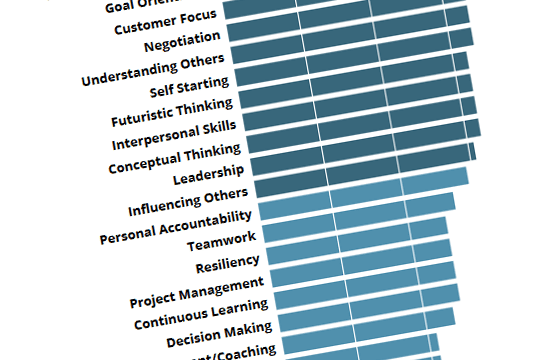
DNA Profile in Succession Planning
This assessment measures 25 competencies or soft skills.
The DNA profile is so named because there are 25 soft skills that are the basis (or building blocks) for performance across many different roles. Identifying the level of mastery of each of these competencies allows team members to understand where they should focus their time and attention to best manage their own professional development.
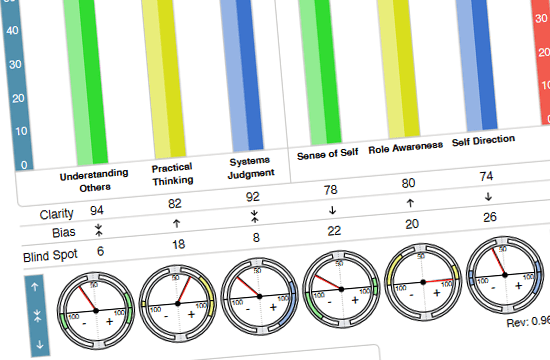
Acumen Capacity Index in Succession Planning
This assessment measures 3 core dimensions of thought.
Everyone's brain has a unique thought process or model, through which we filter and assess our views of the world. These patterns of thought determine our acumen: our ability to make good judgments (related to, but different from, business acumen). Understanding our acumen allows us to understand our natural talents and overall potential.
Your Difference: Multi-Science Profiles
One of the advantages of the TTI suite of tools is that we offer you “multi-science” reports, which provide integrated feedback. With this multi-dimensional view, leaders and managers are able to understand themselves and others at a much deeper level than just using a single assessment. The additional advantage to multi-science assessments is they provide you with a layered development plan for leaders. For example, leaders can work through information on their behavioural style, driving forces, and emotional intelligence in one short sitting or they can tackle it one phase at a time over several months. Multi-science reports provide better options for training, more comprehensive information, and more “ah-ha” moments.
